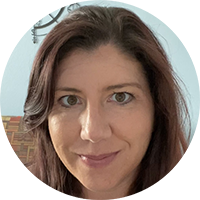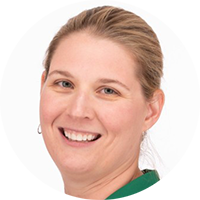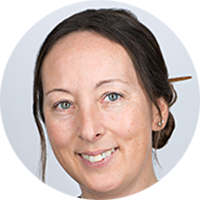Separation Science, in collaboration with Agilent, offers Part 3 of the ever popular “Ask the Agilent Experts” series of panel discussion webinars. If you would like to find the answers to some of these most frequently asked questions or even submit your own question, register for this upcoming webinar.

Duration: Approximately 60 minutes
Start Times:
Broadcast #1: 6 October - starting at 10 am EDT (New York) / 3 pm BST (London) / 4 pm CEST (Paris).
Broadcast #2: 6 October - starting at 11 am PDT (Los Angeles) / 1 pm CDT (Chicago) / 2 pm EDT (New York).
Broadcast #3: 7 October - starting at 8.30 am IST (Mumbai) / 11 am SGT (Singapore) / 12 pm JST (Tokyo)/ 1 pm AEST (Sydney) / 3 pm NZST (Auckland).
If you have a question, we can guarantee that you are not the first...nor the last person to ask the question. Sometimes the simplest of questions can have the most complex answers. A question about which liner to use can lead to a discussion on the benefits of glass wool versus glass frits. A question about how long a column should last may trigger a discussion about the importance of a leak free system, the maximum temperature limit, proper phase selection, and how an application may benefit from using backflush. There’s no such thing as an easy answer because the answer always "depends" on many different factors.
In this discussion, the presenters will address some of the most frequently asked questions about GC and GC/MS that they have received, which may seem like simple questions but have anything but simple answers as well as new questions. Please submit any questions that you would like to be considered in advance by submitting them when completing the registration form in the link below.
By attending this event you will learn about:
- Best practices with GC and GC/MS systems – from liner and column selection to why gas filters matter and instrument prep recommendations, and why there is not always an easy answer to most GC(MS) questions.
- Why different consumables are used for different applications and listen to Agilent Scientists discuss the complexities of the most frequently asked questions they receive.
- The novel HydroInert source, which is designed for GC/MS and GC/MS/MS analysis with hydrogen carrier gas.
PLUS - Participation Bonus: Attend the webinar to receive a special offer from Agilent.
If you have a colleague who may also be interested in the subject of this webinar, please recommend it to them by using the link below.
The Presenters
 Vanessa Abercrombie
Vanessa Abercrombie
GC Applications Chemist, Agilent Technologies
Vanessa has a broad background in GC and GC/MS, including experience as an instrument chemist at Bode Technology in Virginia working under contract to the FBI’s Laboratory Division. Prior to that, Vanessa worked for ETS Labs in St. Helena, California as an Analytical Chemist where she researched and developed quantitative separations by GC/MS and UHPLC for beer, wine and spirits. She holds a Masters of Forensic Science from The George Washington University and a Bachelor of Arts in Chemistry from Sonoma State University.
 Angela Smith-Henry
Angela Smith-Henry
R&D Applications Manager, Agilent Technologies
Angie is a manager of the R&D application chemists’ team for Chemistries and Supplies R&D Division at Agilent Technologies in Wilmington, Delaware, USA. She has worked as an Applications Chemist for GC and MS Supplies team in the CSD Marketing team, and for the MSD Solutions and Applications group with a focus on developing analyzers and applications for energy, chemical and environmental markets. Angie holds a Ph.D. in Physical Chemistry from Lehigh University and B.S. in Chemistry from Juniata College.
Moderator
 Diane Turner
Diane Turner
Director & Senior Consultant, Anthias Consulting Ltd
A Warwick University graduate, Diane completed her masters in Analytical Chemistry and started her career in environmental chemistry, later gaining significant experience as an Applications Chemist. Diane’s area of research through her PhD studies at The Open University was disease diagnosis. She has developed methods for, given support and training for companies in most industries around the world for more than 20 years. Diane holds voluntary roles with The Royal Society of Chemistry and other scientific organisations.
Sponsor

